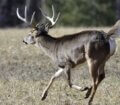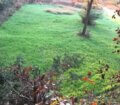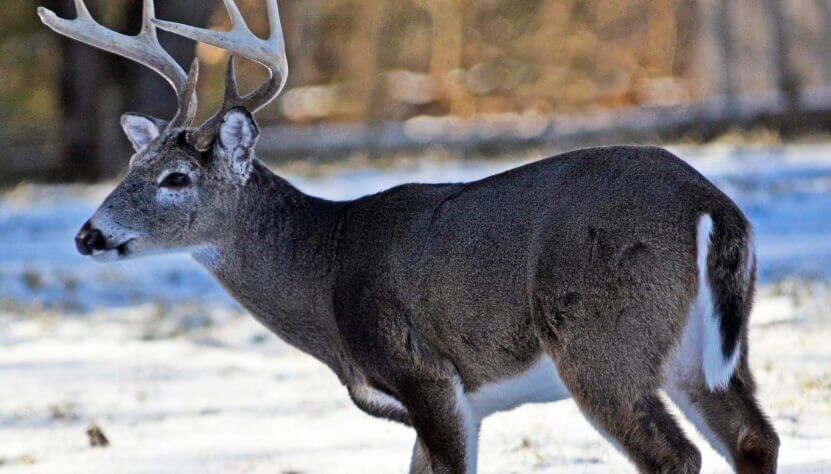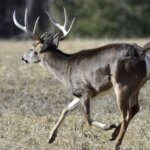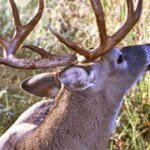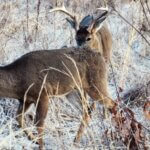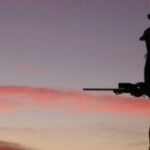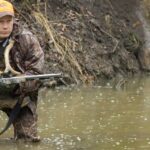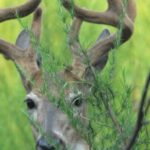Editor’s Note: Is there a better way, a more-scientific way to hunt deer? Can we use scientific information to plan our hunting strategies? The answer to these questions is, “Yes.” But hunting can’t be best learned by reading textbooks. Since conditions change throughout the day, knowing when to leave a tactic and/or change strategies is as critical to successful hunting as the wealth of information the hunter takes into the woods with him.
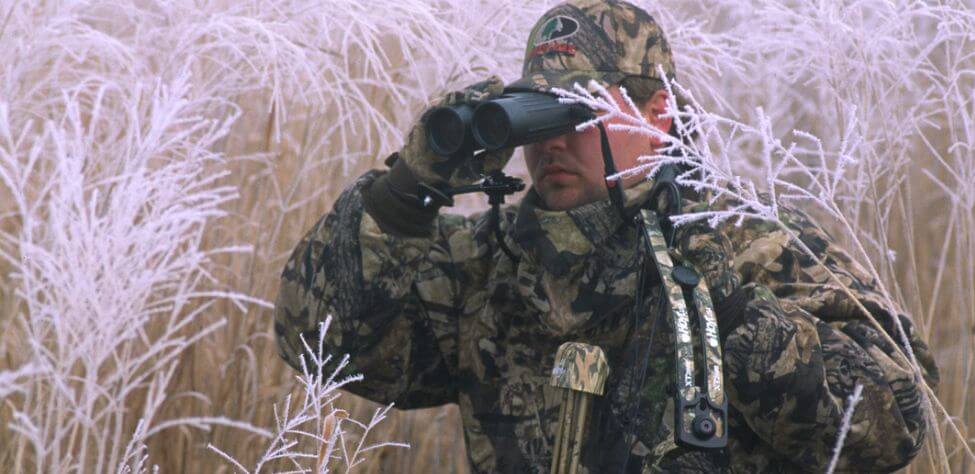
Utilize Binoculars to Improve Your Ability to See the Deer at Greater Distances and Hunt Cover Closer
“I always use my binoculars to look into thick cover which deer love, long before I approach it, which is another key to successful hunting that will pay buck dividends,” Dr. Billy Hillestad, a longtime deer researcher and avid deer hunter, emphasized. “When you see cover, hunt that cover assuming the deer is there. Binoculars also can save you lots of walking. Often with binoculars, I can tell if a rub is fresh or not fresh and visually can cover much more ground with my eyes than I can with my feet.”
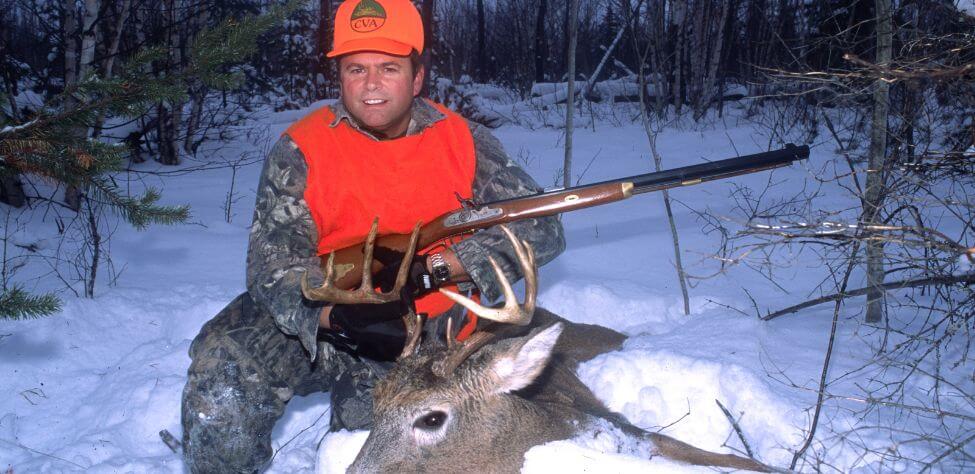
Eliminate Hunting Areas Where You Think a Buck Won’t Be
As Dr. Hillestad said, “I often don’t hunt through a creek bottom because the area is wide open. Although you may spot a little buck moving through an open place like this, I’ve found that most often the bigger, trophy bucks will be holding in thick cover. Therefore, I eliminate the portions of the woods that don’t provide the type of cover where deer prefer to bed. I’ll concentrate my hunting time in the regions where deer should be. If you can locate a section with various kinds of habitat like young pines with a few sweet gums growing near them and a habitat transition – then this area will be where deer prefer to travel.
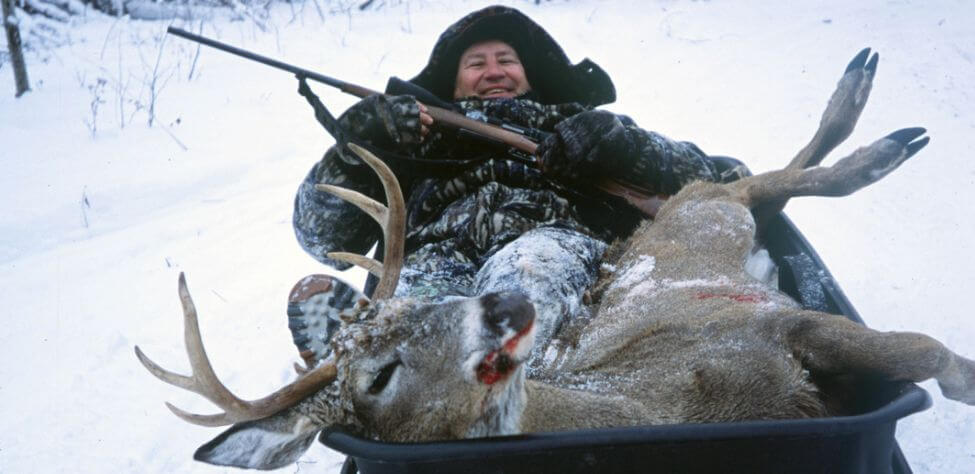
“To me, the most-exciting hunt for a true trophy whitetail is when you know a trophy is in front of you, and the deer realizes you’re out there somewhere. Both of you must rely on your skill, instincts and judgement to elude each other.”
From interviewing Dr. Hillestad, I learned that successful, scientific deer hunting was much like trying to solve a mystery. A good investigator never looks for the criminal but instead searches diligently for the clues and studies the evidence that will lead him to the place to catch his adversary.

How to Hunt and Take Big Buck Deer on Small Properties
In this book, you’ll hear from 14 hunters who either have gained permission or leased properties as small as six acres to as much as 250 acres, and how they consistently take older-age-class bucks off these little lands.
VERSIONS: AUDIBLE, KINDLE & PRINT

Jim Crumley’s Secrets of Bowhunting Deer
Using a black magic marker and a gray work jumpsuit, Jim Crumley of Buchanan, Virginia, drastically changed the nature and purpose of hunting camouflage when he created the first sportsman’s camouflage – Trebark. Crumley’s love of bowhunting and his desire to be more invisible changed hunting clothing forever.
In this hunting guide, he shares the wisdom that he’s learned throughout his lifetime about how to be a hunter, how to find a deer lease, how to scout for deer, and more.
Special features include how to:
- Have a magic 60 acres to hunt
- Decide the best equipment to use
- Find deer year-round
- Locate land to hunt
- Know the best place to put your tree stand
- Get bucks within bow range
VERSIONS: AUDIBLE, KINDLE & PRINT

How to Hunt Deer Like a Pro
How do you know if the land you hunt has a trophy deer on it? Wildlife manager Bob Zaiglin, of Uvalde, Texas and Jim Crumley, the father of modern-day hunting camouflage, tells you how to find out. GPS can make finding and taking that trophy buck easier. This hunting guide will teach you how to hunt big bucks where no one else can find them, how to call deer, and how to become versatile as a deer hunter, so that if one deer tactic doesn’t work, another one will.
In the chapter, “How to find Bucks at Scrape,” Dr. Keith Causey, retired professor of Wildlife Science at Auburn University, describes the best way to hunt a scrape.
Brad Harrison of Neosho, Missouri, is a nationally-known videographer, professional deer hunter and master at calling deer. Another master is Will Primos of Primos Game Calls. These two experts will tell the best deer calls and when to use them in this book.
And for over 20 years, Bo Pitman, lodge manager of White Oak Plantation, has been studying deer movement patterns. He explains what types of conditions are best for predicting deer movement.
VERSIONS: AUDIBLE, KINDLE & PRINT

Deer hunting and deer hunters are drastically changing each year. To learn new techniques for hunting deer and have more places to hunt, I’ve interviewed some of the best deer hunters in the nation and share their tactics in How to Hunt Deer Like a Pro: Volume II.
In Chapter 10, Jacob Lamar tells you his tactics for consistently taking older-age-class bucks on public lands in several states. Chapter 11, Bob Walker explains how to find places on public lands where you can hunt that 99 percent of the other hunters never have considered hunting. The Bonus Chapter with David Ramey tells you how, where, when and with what equipment to take big Kansas bucks on public lands by hunting in 100-degree weather when others won’t hunt.
Chapter 13, Mark Drury, his family and his guests take mature bucks every season by having more small places to hunt rather than one large property. Drury explains the strategy of having satellite farms to hunt that only may be 50-150 acres each or less. Chapter 15, Pat Reeve, who hunts far-northern states and Canada, says, “I don’t like hunting for mature bucks until the weather is 20 degrees or less.” Chapter 4, Dr. Larry Marchinton says that funnels are the most-reliable stand sites to hunt for big bucks and tells why.
VERSIONS: AUDIBLE & PRINT

